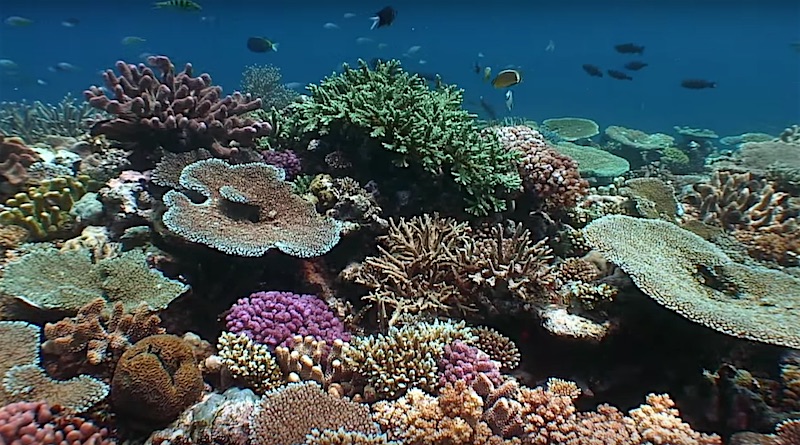With the massive coral bleaching event occurring right now in the Great Barrier Reef and other parts of the Pacific Ocean, it’s easy to get depressed and discouraged about the future of coral reefs. In the face of so many pressures and stressors, especially climate change, it’s hard not to fall into a feeling of despair about their wholesale destruction.
However, it’s important to remember that this is not the first time that coral reefs have suffered massive bleaching, and we already have pretty good evidence and documentation that it is possible for coral reefs to recover. In 1998-1999 particularly we saw massive, widespread coral bleaching which turned many places from coral reef paradises with 100% live coral cover to barren fields of coral rock.

Thankfully, dozens if not hundreds of coral reef ecologists have made it their life’s work to study the aftermath of coral bleaching events. Fortunately, as it turns out, when the stress of prolonged high temperatures goes away, that once thriving coral reef is still prime real estate for corals to grow.
It can take as little as ten years for a coral reef to rebound with 50% live coral cover or more from what was once a barren rock field. The big factor here, the BIG wildcard, the X Factor if you will, is the removal and abatement of whatever it is that caused the coral bleaching and destruction in the first place.

Coral reefs that were all but decimated in both Palau and Fiji in the late 1990s have seen many areas rebound completely, and some to the point where they had regained nearly all of their former live coral cover. Keep in mind that these are some of the best case scenarios and they recovered in the absence of any additional major bleaching events to set them back even further.
As well know by now, regardless of what is responsible for it, climate change is causing the world to grow ever hotter. Each year seems to bring with it new records of warm temperature and so by most predictions, we are looking at a future where El Nino events will warm waters more frequently, and more severely. But it IS possible for corals to recover, naturally, as long as the reefs are left undisturbed, unpolluted and not overfished or over-harvested.

Bruce Carlson is a legend in the marine aquarium world, and he’s done his fair share of environmental research and surveys, especially in relation to massive coral bleaching events. This short video below documents more than a decade of studying the effects of coral bleaching in Fiji. At first the video is quite depressing, to see the massive scale of the coral die off.
But thankfully, the particularly pristine reef that Bruce has been studying since the late 90s has shown itself to be particularly resilient, and ten years after a near complete wipeout the reef has rebounded to live coral cover over 50% of the reef surface. Keep in mind that this is without any kind of human intervention and with all that we’ve learned about coral culture in aquariums and mariculture in the sea, with human input we may be able to even accelerate coral reef recovery, and perhaps even select more heat-tolerant corals for future generations of coral reefs.



